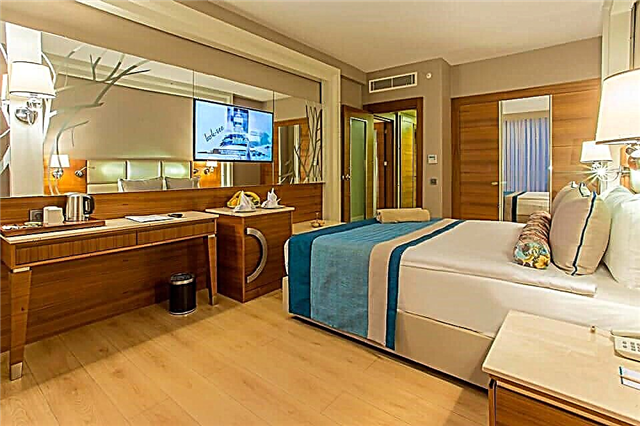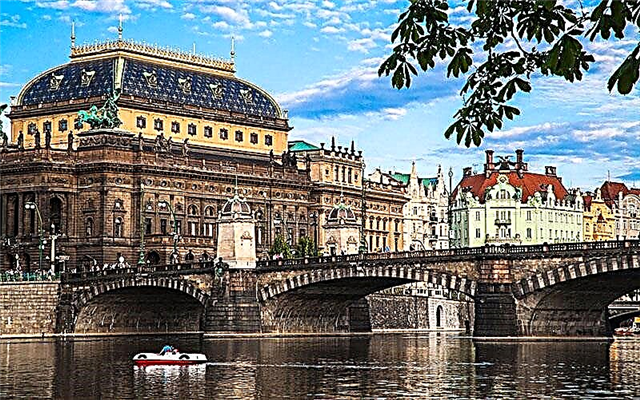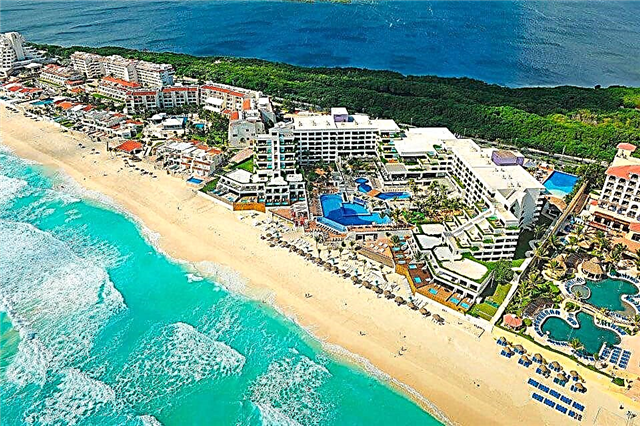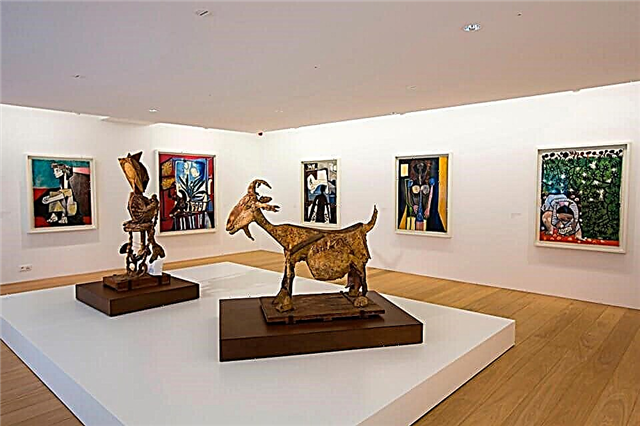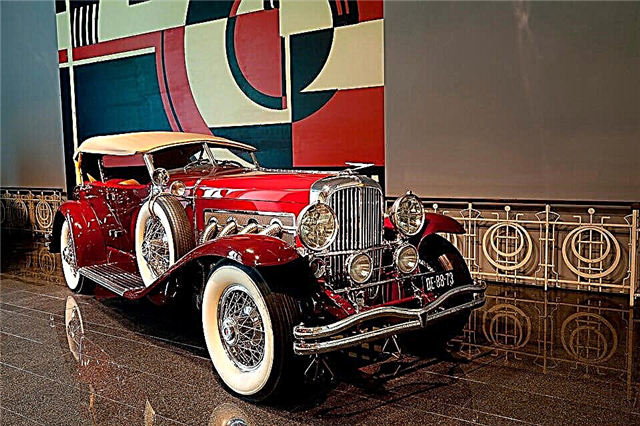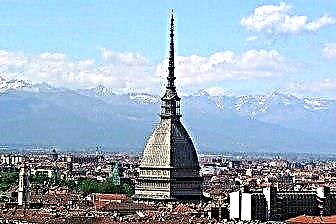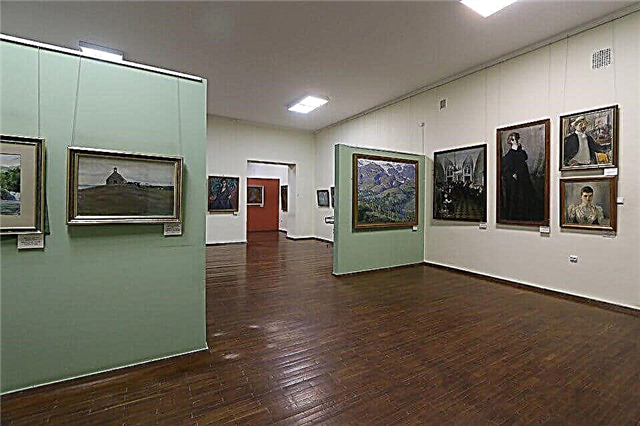The northwestern outpost of Russia, the oldest city of the Silver Ring, located along the banks of 2 rivers, embodies a great history. Founded in the 9th century, Pskov considers Princess Olga as its patroness, whose name is mentioned in the Tale of Bygone Years. Pskov, like St. Petersburg, is a city of contrasts. The outskirts with broken roads, old wooden houses do not create the best impression. But as you move towards the city center, a stunningly beautiful panorama opens up.
Unique architectural monuments, majestic cathedrals, a picturesque river, enchanting landscapes are pleasing to the eye. The locals-skrapari (as they have long been called) are unusually welcoming, hospitable and cultured. There are many students here who study at numerous universities and are the intellectual component of the townspeople. Walking through the streets, immersed in greenery, sightseeing monuments is a pleasure. The museums of Pskov occupy a significant place in the tourist stay here.
Pskov Museum-Reserve

The oldest cultural and historical site was opened in 1876 at the initiative of local historians. Initially, its exhibits were housed in 2 small rooms of the building of the Noble Assembly. Over the past time, a solid state-scale museum reserve has "grown" from a tiny institution. Private collections, including the famous collection (more than 1 million exhibits) of the merchant F.M. Plyushkin, became the basis of the future cultural institution.
The boundaries of the institution gradually expanded, and in 1979 it acquired the status of the State Reserve. Today it unites 8 branches, including the churches of the Nativity of Our Lady, the Fan der Fleet House, the estates of great composers, architectural monuments - a total of 46 objects.
The reserves of the reserve contain a huge number of various exhibits. Among them are items of graphics, painting, sculpture, handicrafts, household items, weapons, documents, precious metals and stones. The richest fund of the reserve is archaeological finds from the Meosolithic to the 18th century. A solid art gallery presents masterpieces of Russian and Western European artists.
Pskov Krom

The Pskov fortress is the most Russian of all the existing ones in Russia in terms of architecture style. Unlike the Moscow, Tula and Novgorod Kremlin, the Pskov Kremlin is devoid of decorative teeth in the form of a "dovetail".
It looks brutally harsh, as befits a real defensive fortress, hardened in sieges. In its present appearance, the Pskov Kremlin was erected in the 14-15th century, when the rule of the Golden Horde ended. But threats from the Livonian knights and the Grand Duchy of Lithuania were palpable, and the need for a fortified facility did not disappear.
Simplicity and reliability of architecture became the main priorities in the construction of Krom (as the builders called it). This name, derived from the word "secluded", personifies the inaccessibility of the fortress. The central entrance to the fortress is overshadowed by the icon of the Trinity - a symbol of the sacred amulet.
Krom, located between the Pskovaya and Velikaya rivers, is surrounded by the Okolny city - high stone walls. To get to the Pskov Kremlin, you need to go through the Dovmont city. The territory built up with churches is named after the Lithuanian prince who was baptized in Pskov.
Today, only the foundations remain of many of them. The Order Chambers (17th century), in which the original interiors of that era have been restored, are interesting to see. In the Spiritual Consistory (19th century) you can buy souvenirs depicting city views.
Noteworthy is the reconstructed square-shaped Rybnitsa Tower, erected near the fish market stalls. It is impossible not to inspect the Flat Tower-Bastion at the confluence of rivers, which is most often depicted in the photograph of the fortress. The climax of the excursion is a visit to the snow-white Trinity Cathedral, built on the site of the first Christian church in Russia.
Order Chambers

On the territory of Dovmont's city (Pskov Kremlin) there is the only preserved administrative building of the 17th century in the city - the Order Chambers. Initially, the building was made of wood, but after the fires it was turned into stone, keeping the old architecture.
It employed city officials of various ranks and status, from clerks to governors. There were 5 departments - "tables": category, money, ambassadorial, court, local. They solved a certain range of administrative and legal issues.
In the basement of the Prikaz Chambers there was a casemate, where criminals were kept, shackled - convicts. Officials worked on the top floor, deciding the fate of ordinary townspeople. Tourists visiting the chambers see the authentic setting of that era and historical curiosities, which is very impressive. The faces of Gogol's heroes immediately pop up in the imagination. The thickness of the walls of the administrative building is astonishing - up to 2 m. The governor and the deacons took care of their safety, hoping to sit out during the siege.
Lenin Museum-Apartment

The memorial rooms located in a beautiful house dedicated to the memory of the world-class politician V. Lenin are a symbol of the respectful attitude of the inhabitants of Pskov towards him. The memorial institution was opened in 1930 on the 3rd floor of a former apartment building. Upon arrival in Pskov in 1900 V. lived in one of the rooms of the pharmacist Lurie. After the destruction of wartime, everything was restored in 1970, to the 100th anniversary of the leader of the proletariat. New exhibits related to the Ulyanov family were actively collected.
The first hall reflects the economic and social situation of the Pskov land on the eve of Lenin's arrival. Here is a picture of the production of the main agricultural crop - flax: processing mechanisms, fiber, ready-made linen items, etc. Exhibits in the 2nd hall illustrate the presence of Ilyich in the Shushenskaya exile. Hall 3 is a kind of photo gallery, where a photograph of Lenin (1900) takes pride of place. Pskov photographs, drawings, documents reflect that time.
In the 4th hall, there are objects of the epistolary genre, sent by Ilyich to his relatives. A separate exposition "Women of the Leader" is dedicated to N.K. Krupskaya, MA Ulyanova and the sisters of V. Presented women's attire of women of Pskov (19-20 century) 5th hall - "Living room" shows the apartment of a Pskovite of the late 19th-early 20th centuries. It contains shelves with Lenin's books, a road basket for their transportation.
In the Hallway there are rarities - a chair from the Kremlin, a hatbox, a travel chest. The memorial room, rented by the leader, is furnished with typical furniture of the early 20th century. The corresponding accessories are displayed on the desk.
House-Museum of V. Lenin

The house-museum of V. Lenin is located in the old wooden house, which belonged to the city dweller I. N. Bochkarev (1900). In his rooms, secret meetings of local Social Democrats took place. At one of them, in April 1900, a fateful meeting was held, at which the project of publishing revolutionary journalism (the newspaper Iskra and the magazine Zarya) was decided. The personal participation of Lenin, who gave recommendations to his comrades-in-arms, played an important role.
Later, the conspiratorial headquarters of the Iskra distributors was located in the same house. In honor of these significant events and in memory of the leader, a house-museum was opened in 1938. Despite the extensive destruction during the Second World War, the building and rooms were completely restored. Acquaintance with the history of the institution takes place in the Hallway and Memorial Room, where social democratic meetings were organized. It also hosted an important meeting on the organization of the Iskra publishing house.
The authentic atmosphere of that time has been recreated here, among the pieces of furniture there are genuine rarities. The remaining 4 rooms are occupied by expositions reflecting the history of the revolutionary newspaper.Much attention has been paid to the publication and distribution of Iskra; attributes are presented that help to do this. There are many documents here about the life and work of the Iskra-ists, about their cooperation with members of the RSDLP.
Yu.P. Spegalsky Museum

This is the only institution of this kind in Russia opened in honor of the native of Pskov, the architect Yuri Pavlovich Spegalsky. His services in the restoration of numerous architectural objects of the city of the 13-17 centuries are invaluable. Since his activities are still connected with St. Petersburg, a memorial plaque was erected here on Malaya Konyushennaya Street N 2. Spegalsky made a huge contribution to the restoration of Pskov churches, to the restoration of St. Petersburg cathedrals.
He left many unique drawings depicting architectural monuments of the 12-17 centuries, which no longer exist. The memorial apartment was opened in 1986, thanks to the efforts of the widow of Y. Arshakuni O.K. The Hallway contains materials related to the architect's childhood: family photographs, drawings, documents. Here is kept the issue of the magazine "Know your land", which published an article by the boy Yura Spegalsky "The value of the monuments of ancient Pskov architecture."
All expositions of the museum premises are unusually interesting from an artistic point of view. They contain many expressive objects created by the hands of a talented creator. Delight is caused by a fragment of a tiled Pskov stove recreated by Yu.P., carved wooden chandeliers, graphic drawings by the author, etc.
Pogankin chambers

The museum complex with a not very nice name, Pogankin Chambers, is named after a wealthy, influential merchant. The complex of buildings for his family was built in 1671-79. Today it is the only stone building of ancient Pskov that has retained the same volume. A symbol of the society's respect for architectural monuments - the Pogankin chambers in their external appearance have also preserved their authenticity through the efforts of restorers.
After the death of the last heir of the merchant, the authorities bought the building. In 1900, the buildings were partially restored. On the initiative of the Pskov Archaeological Society in 1902, the Pogankin Chambers Museum was solemnly opened in the city. Every year, donations from wealthy residents of Pskov were used for restoration work aimed at strengthening the building.
After the destruction of the war in 41-45, the institution was restored until the 80s of the last century. Today it is a monument of typical Russian architecture of the 17th century with thick walls, loophole windows, and a generously decorated porch. Inside, a luxurious collection of Pskov icons of the 14-17th century is exhibited, a rich collection of art items made of silver is presented. Since 2018, the institution has been under restoration.
Blacksmith yard

In the city, where the inhabitants were called in the old days "bracers", there must certainly be a blacksmith yard. It is located in the former manor and chambers of the priest of the Polish church. In the 16th century building, which was rebuilt several times, the blacksmithing museum was opened in 2008 at the initiative of the blacksmith-restorer E. Vagin. The blacksmith yard combines a residential building, a blacksmith shop and an open area. The former home of the ksionza was given over to a master of art forging. There is a gift shop in the annex.
There are 2 forges equipped: one is a demonstration and exhibition, the second is a working one. The interiors of the blacksmith shop, open to tourists, are stylized in the 19th century and are equipped with authentic exhibits. The huge furs of that era and other mechanisms are presented. Here, master classes on artistic forging are organized for those who wish. Most of the exhibits are located in the courtyard. Among them there are truly exotic specimens that are of great interest.
Art Gallery

In the former Art and Industrial School. Fander-Fleet in the 50s of the 20th century. the Art Gallery was organized. The building itself, built in 1912, is a monument of architectural neoclassicism. Unfortunately, the authentic central façade was destroyed during the war. The Pskov Archaeological Society has formed an extensive collection of art canvases. Among them was a private collection of the Pskov merchant F. Plyushkin.
During the German occupation, the collection was thoroughly plundered. After the liberation of the city, active work began on the inventory of the art fund and its replenishment. Today, the Art Gallery has something to see for art lovers. Among the paintings, there are real masterpieces. For example, "Madonna and Child" by Andreas del Sarto (1520), representing the Italian Renaissance. The assembly hall displays Russian painting of the 18-19th centuries.
There are wonderful canvases by Shishkin, Aivazovsky, Rokotov, Levitan, Repin, Bryullov and others. Artistic art of the 20th century is represented by the works of Petrov-Vodkin, Marc Chagall, Falk. The gallery is open daily, except Mondays.
Railway museum

It is difficult to overestimate the role of the Pskov railway workers in the delivery of strategic cargo during the Second World War. A museum institution dedicated to the history of the Pskov railway and its employees was established in 1967. Much credit for this belongs to the war veteran, railwayman A. Valentik. Until 1984, the exhibits were housed in the building of the railway station, and in 1984 the museum was given the 1st floor of the former clinic.
Three thematic halls give a complete picture of the development of the railway business during its existence. The exhibits of the 1st hall illustrate the beginning of the Russian steam locomotive building and the peculiarities of this period in other countries. Here you can see a candle carriage lantern, various tools of railway workers, samples of tickets for the first (Tsarskoye Selo) railway in Russia. The expositions of the 2nd hall illustrate the revolutions of 1905, 1917. and the Soviet period in the history of the railway.
Numerous archival documents reflect all the historical events of the era associated with the railway in Pskov and the region. The 3rd hall is dedicated to the participation and role of the Pskov railway workers in the war, in the liberation of the city and the restoration of the destroyed economy. After the reconstruction in 2014, the institution welcomes guests with updated interiors, modern sensory equipment and interesting exhibits.
House of Mason

Although the name of the building is monotonous with the name of the society of "free masons", it has nothing to do with them. This is the name of the former owner of an old house with unique architecture. A descendant of the Scots, Ludwig Mason, built a house for himself in 1909. After the establishment of Soviet power, the building was turned into communal apartments, the residents of which were resettled in 1998. The house was restored, making it a repository of museum rarities.
During the reconstruction, many human remains were found in the basement of the house, buried here in the 16-17 centuries. They were all committed to the earth. Today the House houses the depository of the Pskov Museum-Reserve. The visitors are offered collections of ancient jewelry, coins made of precious metals, various types of weapons, etc. It is planned to build a storage building nearby, where ancient manuscripts and archaeological finds will be placed.

